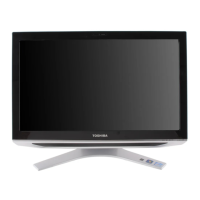
Do you have a question about the Toshiba DX1210-ST4N22 and is the answer not in the manual?
| Storage | 500GB HDD |
|---|---|
| Graphics | Intel HD Graphics 2000 |
| Optical Drive | DVD SuperMulti Drive |
| Weight | 17.6 lbs |
| RAM | 4GB DDR3 |
| Operating System | Windows 7 Professional |
| Ethernet | 10/100/1000 Gigabit Ethernet |
Details warranty for recordable/rewritable drives and associated software.
States the product is not designed for life-support or critical applications.
Outlines FCC rules for Class B devices and interference mitigation.
Compliance with Canadian ICES-003 and other standards.
Specifications for Wireless LAN product compatibility.
Details compliance with R&TTE directive and Industry Canada standards.
Safety precautions for using the laser system in optical drives.
Explains the classification and meaning of safety icons used in the manual.
Defines icons for technical notes, hints, and definitions.
Describes system features, noting variations between models.
Lists additional documentation and available service programs.
Guidance on preparing a suitable workspace for the computer.
Step-by-step guide to safely power on the computer for initial use.
Detailed instructions on how to install RAM modules safely.
Outlines options like out-of-box state, factory default, and custom partition recovery.
Explains hibernation, saving system state without continuous power.
Describes sleep mode for power saving and quick resume.
Using the power button for faster shutdown after configuration.
Steps to enable and configure hibernation functionality.
Provides tips on cleaning and moving the computer safely.
Advice on saving work frequently and backing up files regularly.
Steps for replacing batteries in the wireless keyboard.
Explains character keys, Ctrl, Fn, Alt, and Windows keys.
Step-by-step guide to launching applications via the Start menu.
How to find and launch programs using the Windows search function.
How to view Blu-ray movies and access online content.
Step-by-step guide for inserting discs into the drive.
Procedures for ejecting discs while the computer is on or off.
Explains energy-saving features and power management configurations.
Introduction to the Windows desktop as the main interface.
Requirements for connecting to the internet and other computers.
Information on setting up wireless network connections.
Steps to connect to office networks via Ethernet or Wi-Fi.
How to record audio using the internal or external microphone.
Access to security, diagnostic, and optimization tools.
Setting up supervisor and user passwords for system access control.
Securing the system with a single keystroke for temporary breaks.
Enabling/disabling USB ports for charging devices when the computer is off.
Troubleshooting program responsiveness, OS errors, startup, and internet problems.
Addresses issues with device management, memory, keyboard, disk drives, optical drives, sound, printers.
Troubleshoots wireless networking and optical disc playback problems.
Covers habits like saving work, backups, and general system care.
Steps to take before contacting Toshiba support for help.
Lists system functions controllable via hot keys like Mute, Sleep, Power Plan.
Explains how to use the Fn key and associated hot key cards.
How to enable or disable audio mute using hot keys or the TOSHIBA Card.
Activates instant security, requiring a logon to access the computer.
Lists common acronyms used in the user guide.
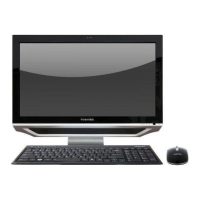
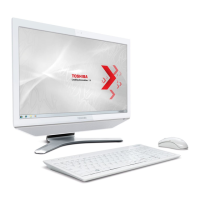

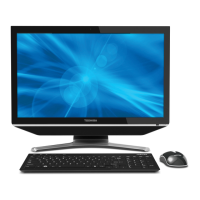
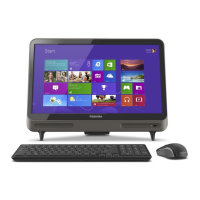
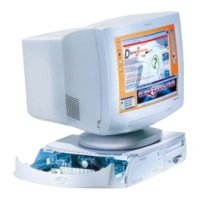


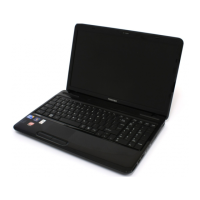
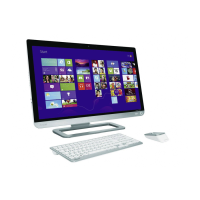
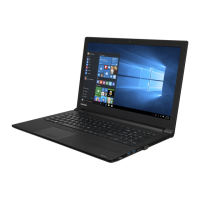
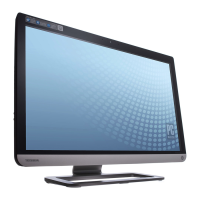
